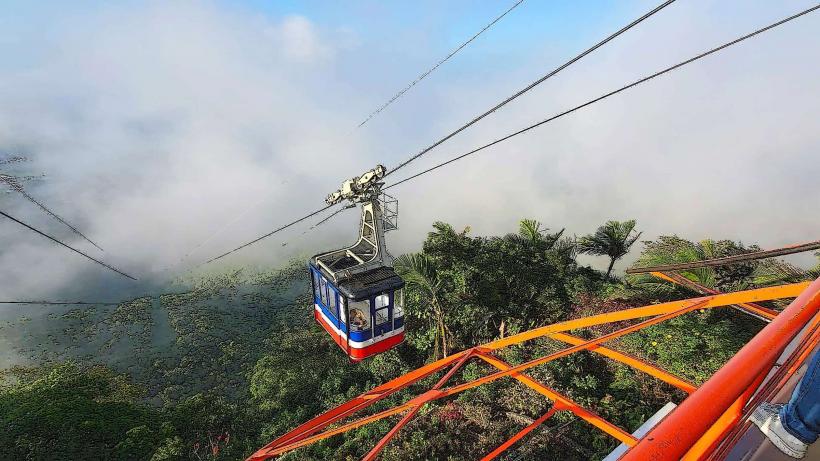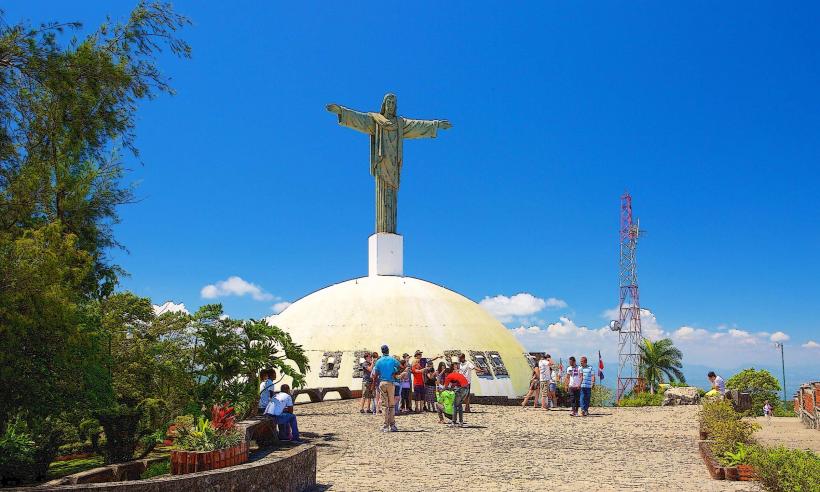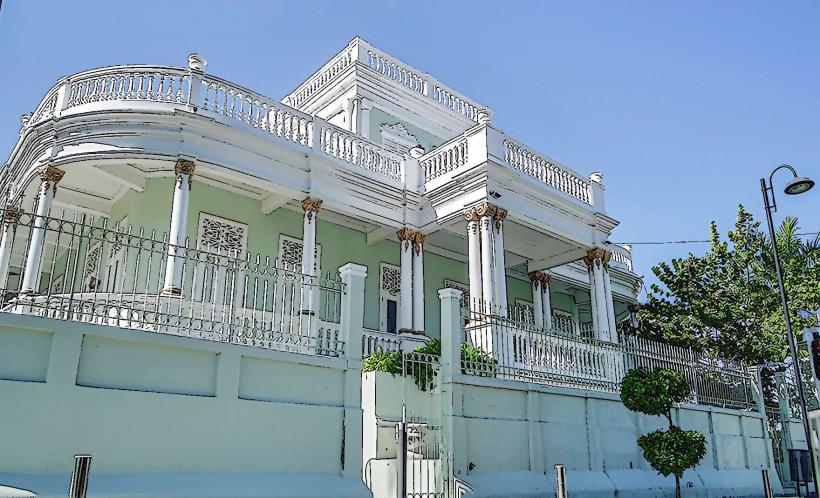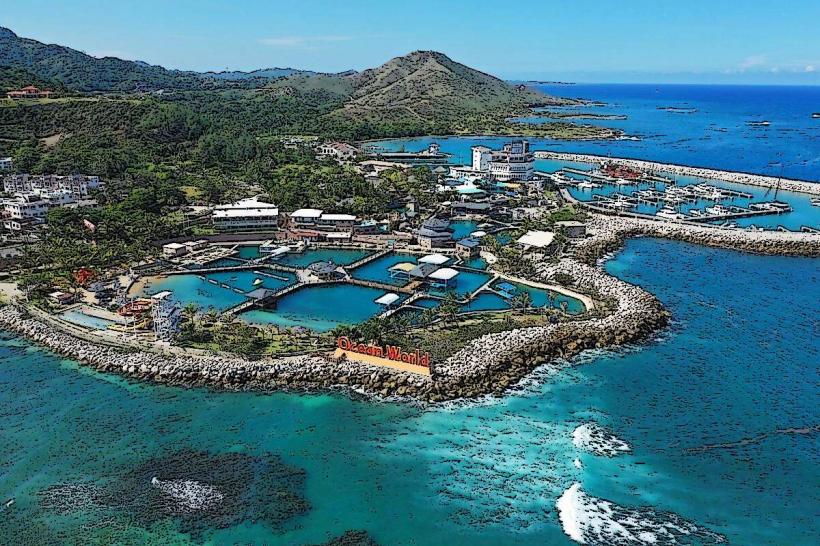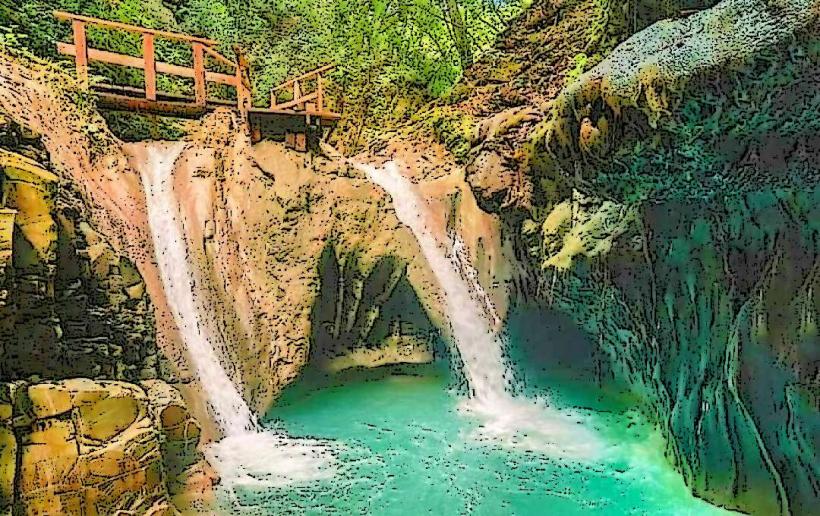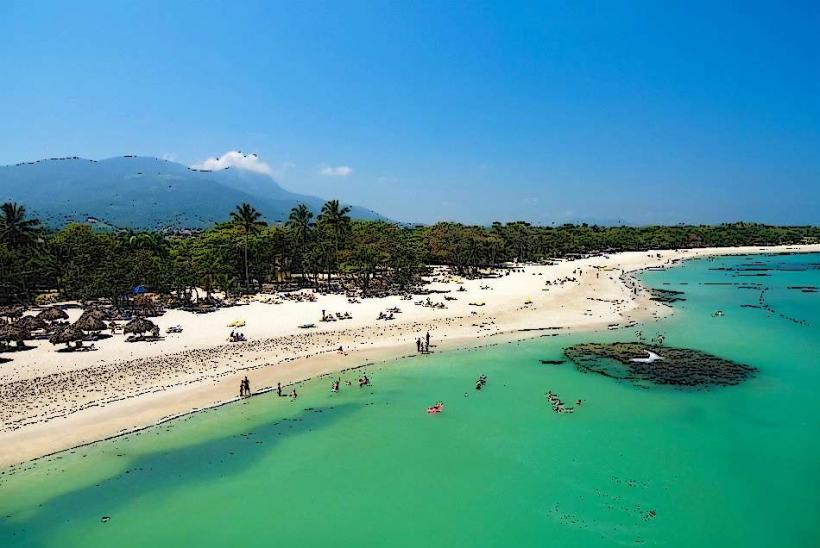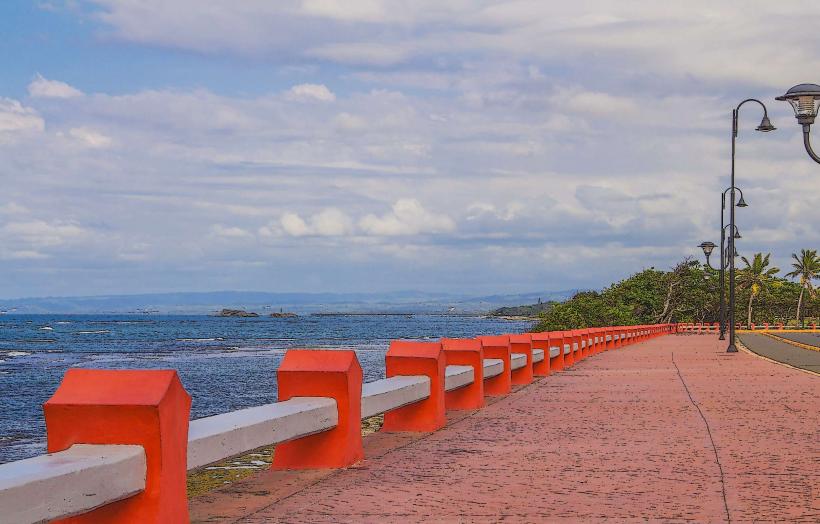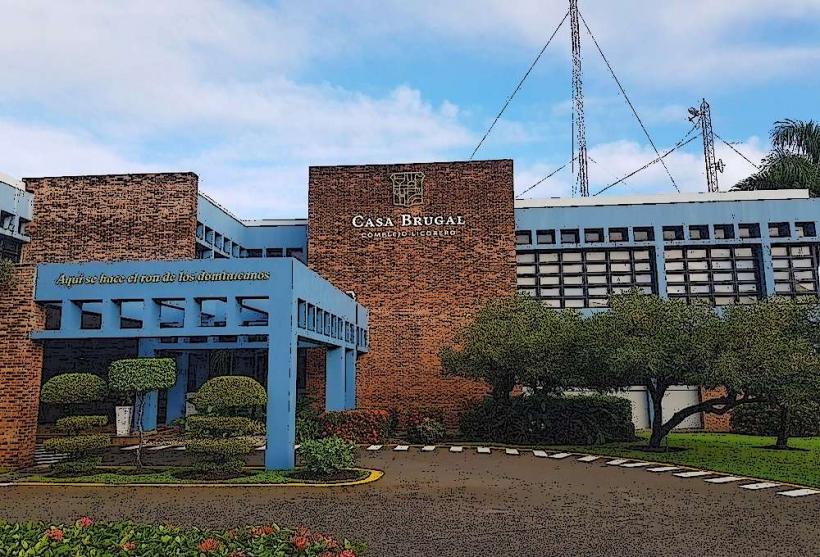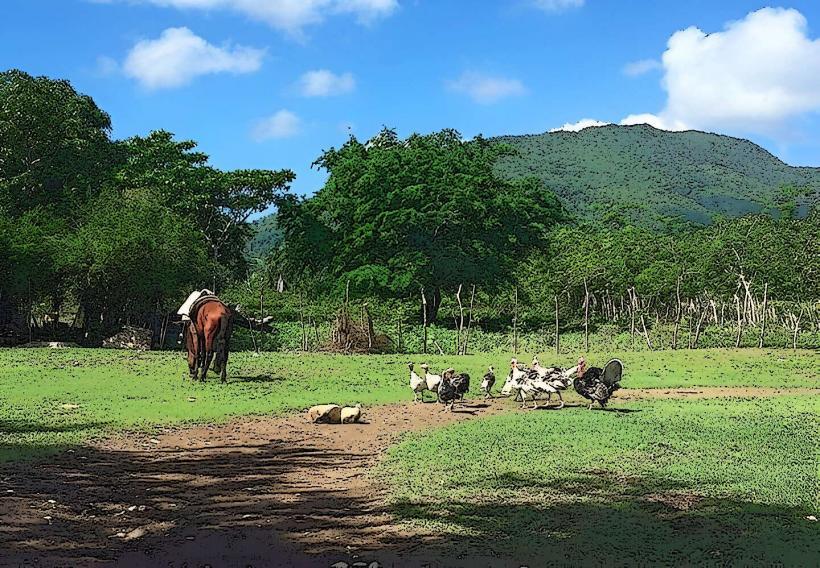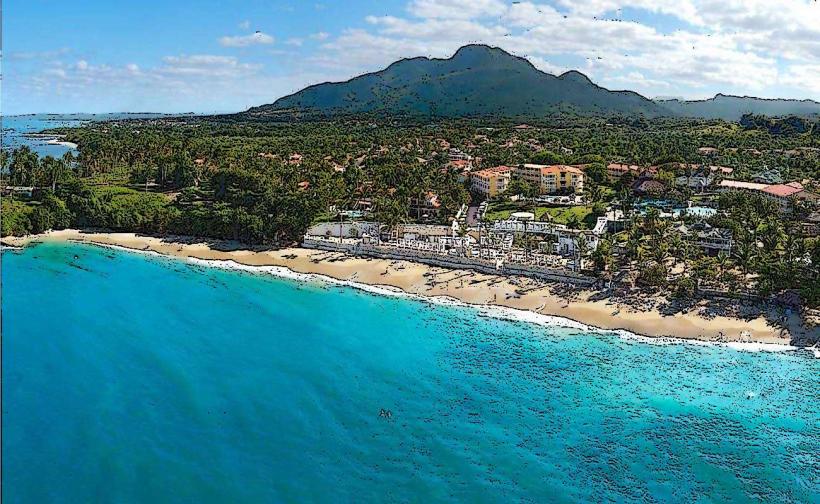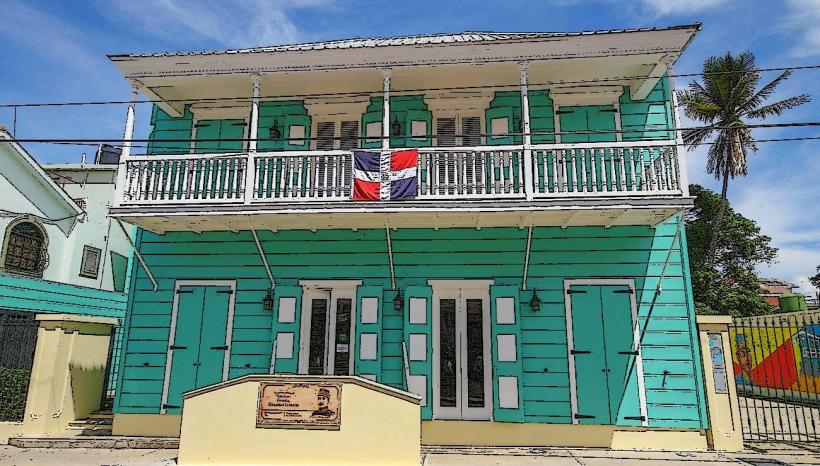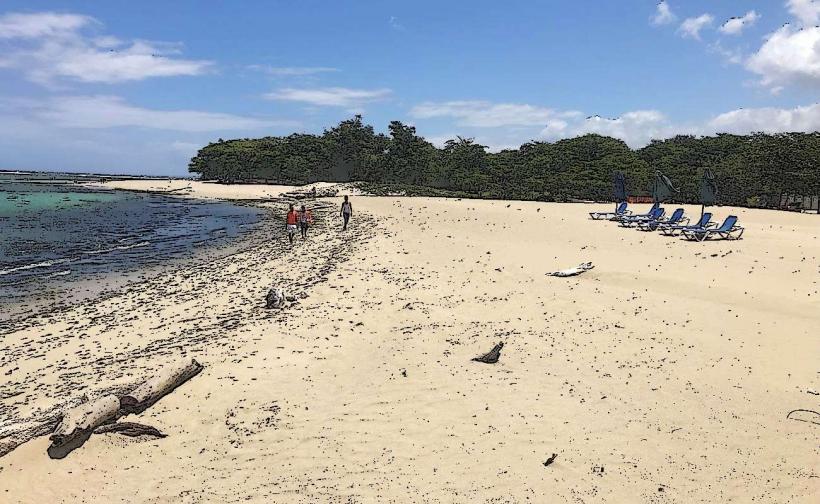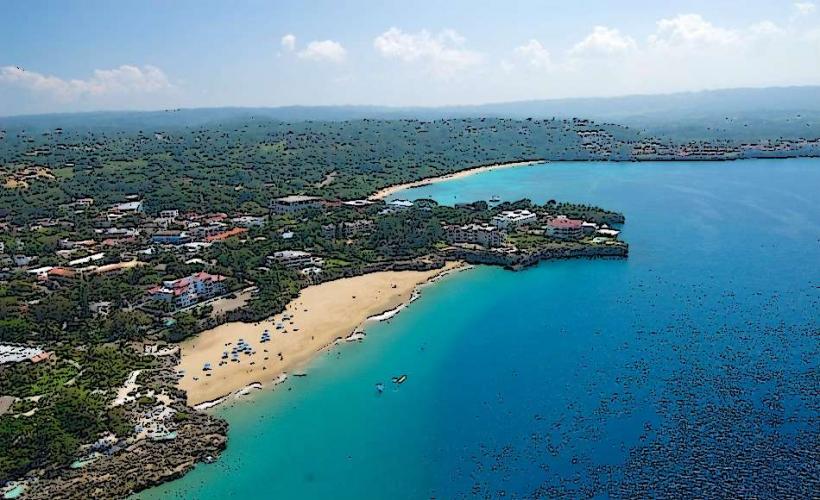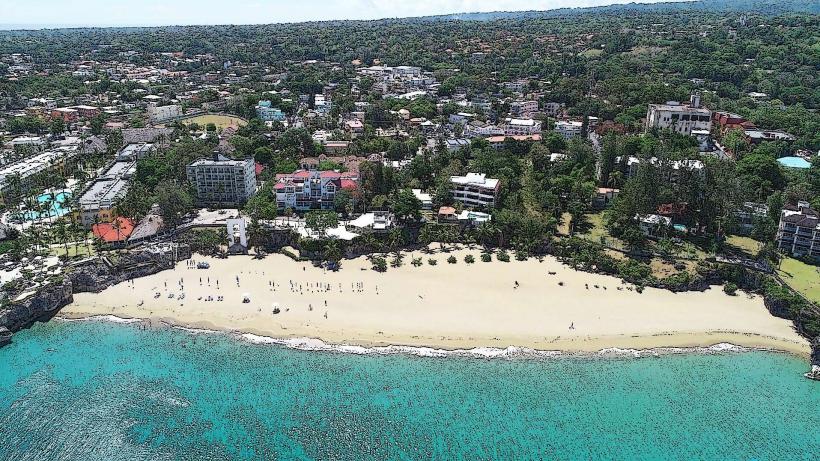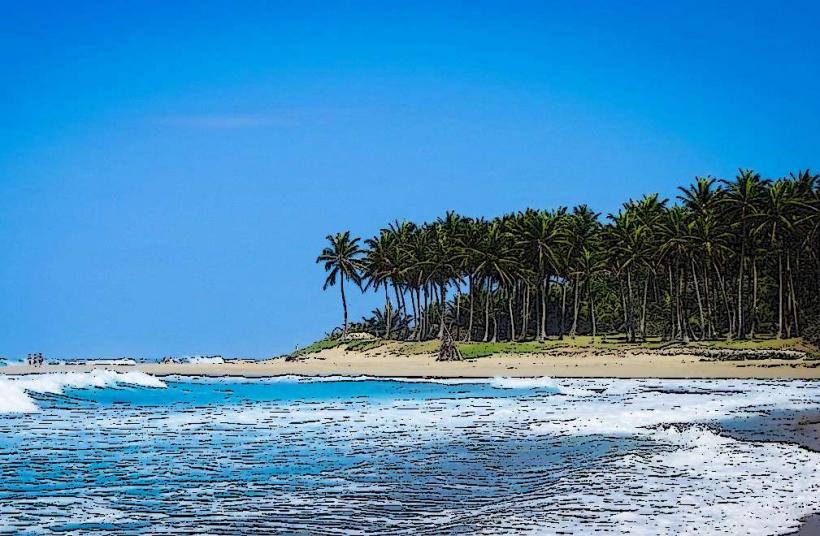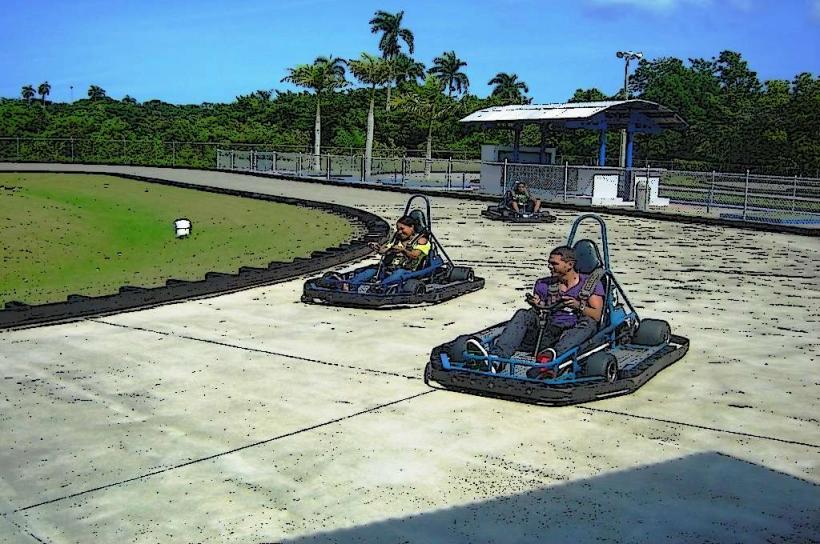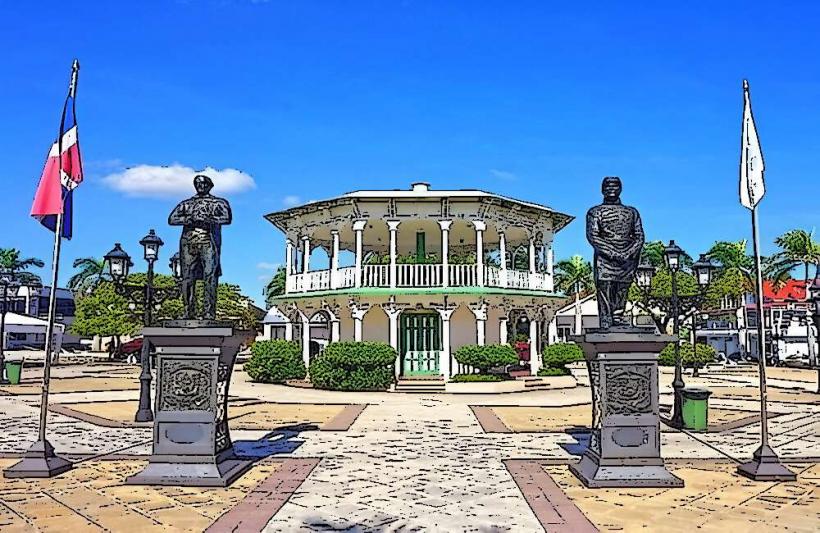Information
Landmark: Fortaleza San FelipeCity: Puerto Plata
Country: Dominican Republic
Continent: North America
Fortaleza San Felipe (Fort Saint Philip) is a historic fortress located in the city of Puerto Plata, Dominican Republic. It is one of the most significant landmarks in the region and offers insight into the island's colonial history, as well as its strategic military past. Here’s a detailed look at Fortaleza San Felipe:
1. Historical Background
Construction: Fortaleza San Felipe was built between 1564 and 1577 by the Spanish to protect the city of Puerto Plata from pirates and other foreign threats. It was one of several fortresses constructed during the colonial period to defend the Spanish colonies in the Caribbean.
Purpose: The fort was primarily intended to defend the northern coast of the Dominican Republic from pirates and enemy naval forces, as Puerto Plata was an important port for the Spanish Empire. The fort’s location provided a strategic vantage point, overseeing the Atlantic Ocean and guarding the bay.
The fortress played a vital role in the defense of Puerto Plata during the colonial era, particularly against attacks from English, French, and Dutch pirates who often targeted Spanish territories in the Caribbean.
2. Architecture and Design
- Style: The architecture of Fortaleza San Felipe follows the typical military architecture of the time, with thick stone walls, watchtowers, and strategic positioning to defend against attacks. It is designed in the shape of a rectangular fort with a central courtyard and a series of rooms for military personnel.
- Materials: The fort is made from coral stone, which was abundant in the region and ideal for construction during that period. Its walls are thick and designed to withstand cannon fire, which was a common threat from pirate ships.
- Key Features:
- Watchtowers: The fort has several watchtowers, which allowed soldiers to spot approaching threats from miles away. These towers also served as lookout points to monitor the surrounding coastline.
- Entrance: The main entrance to the fort is located on the seaward side, where a drawbridge once connected the fortress to the land.
- Cannon Emplacements: Along the walls, you can still find cannon emplacements, many of which have been restored, allowing visitors to imagine the fort's use in defending the city.
3. Role in Puerto Plata’s Defense
- During the colonial period, Puerto Plata was a vital Spanish port, making it a target for foreign powers looking to control the Caribbean's lucrative trade routes. Fortaleza San Felipe helped to protect the city from pirate raids and foreign attacks.
- Pirate Attacks: In the 16th and 17th centuries, the Dominican coast was frequently raided by pirates, most notably the English pirate Sir Francis Drake and other infamous pirates who sought to disrupt Spanish shipping.
- The fort also served as a prison at various points during its history, particularly in the 19th and early 20th centuries, when the Dominican Republic was in a state of political unrest.
4. Later Uses and Restoration
- Over time, the fort lost its military importance as modern weaponry rendered such fortifications obsolete. It eventually fell into disrepair, but in the late 20th century, efforts were made to preserve and restore the fortress.
- Today, Fortaleza San Felipe is a museum and a popular tourist attraction. It showcases artifacts and exhibitions related to the history of the fort, Puerto Plata, and the Dominican Republic’s colonial era.
5. Tourism and Museum
Fortaleza San Felipe is now a museum, where visitors can learn about its history, the role of Puerto Plata during the colonial period, and the various military actions that took place in the region. Key exhibits include:
- Colonial-era Artifacts: The museum displays cannons, weapons, and historical artifacts from the Spanish colonial period.
- Historical Displays: Visitors can explore the history of Puerto Plata and the fort’s role in defending the city from pirates and enemy forces.
- Panoramic Views: The fort offers stunning views of the surrounding area, including the coastline, the city of Puerto Plata, and the Atlantic Ocean, making it a popular spot for photos.
6. Significance and Symbolism
- Fortaleza San Felipe is not only an important historical and architectural site but also a symbol of the resilience of Puerto Plata and its people. The fort represents the defense of the city and the island from foreign invaders, which is a significant part of the Dominican Republic’s colonial history.
- The fort’s location also highlights the strategic importance of Puerto Plata, as it is situated in a key location on the northern coast of the island.
7. Location and Accessibility
- Location: Fortaleza San Felipe is located on the seafront in the center of Puerto Plata, overlooking the bay. Its location makes it easily accessible from the city center and other nearby tourist attractions.
- Opening Hours: The fortress is generally open to visitors daily, typically from 9:00 AM to 6:00 PM. However, opening hours may vary, so it’s a good idea to check in advance if planning a visit.
8. Preservation Efforts
- Over the years, Fortaleza San Felipe has undergone extensive restoration to preserve its historical integrity. The Dominican government, alongside local and international organizations, has worked to ensure that the fort remains a key part of the country’s cultural heritage.
9. Cultural and Educational Importance
- Fortaleza San Felipe plays an essential role in educating visitors about the colonial history of the Dominican Republic, as well as the significance of Puerto Plata in the broader context of Caribbean history.
- It is also a cultural venue, hosting events and exhibitions that highlight local art, history, and culture.
Conclusion
Fortaleza San Felipe is a must-visit for history enthusiasts and tourists interested in exploring the colonial past of Puerto Plata and the Dominican Republic. Its architectural beauty, strategic location, and fascinating historical context make it one of the most important landmarks in the region. Whether you are interested in military history, colonial architecture, or simply seeking panoramic views of the city, this fortress provides a memorable experience for visitors.

